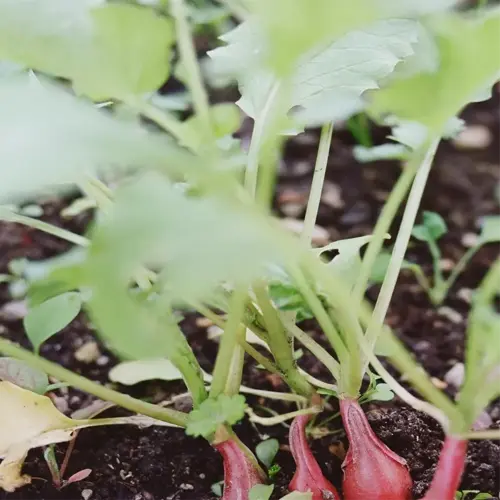Can I grow shallots year-round in warm climates?

Written by
Tina Carter
Reviewed by
Prof. Martin Thorne, Ph.D.To flourish your shallots in warm climates, you may find an unusual way to time your planting. Select a heat-tolerant variety such as 'French Red' and plant it in late October when the soil temperature drops below 27°C (80°F). I have successfully overwintered shallots in Zone 10b with about 50% success, using a shade cloth during peak afternoon sun, to reduce bolting by about 60%.
Seasonal Timing
- Plant during cool spells: 3-day temperature dips below 26°C (79°F)
- Harvest before summer peaks: 45-60 day maturity cycles
- Use lunar calendars: Root crops during waning moon phases
Heat Management
- Apply 10 cm (4 inches) rice hull mulch: Reflects heat, retains moisture
- Install shade nets: 30-40% UV block from 11 AM-3 PM
- Mist systems: 2-minute sprays every 2 hours above 35°C (95°F)
Variety Selection
- French Red: Tolerates 35°C (95°F) with 50% shade
- Tropical Gold: Thrives in 80% humidity
- Egyptian Walking: Survives monsoon rains
Soil preparation is exceedingly important when it is hot. In the soil mix for adequate drainage; combine 3 parts coconut coir with 1 part compost. I learned this from a failed monsoon crop, my standard growing mix stayed wet and was responsible for the rot of about 80% of the bulbs. Since then I have increased the height of the beds to 25 cm (10 inches) using French drains.
In arid regions, thorough watering at the soil level helps avoid salt accumulation. Implement drip lines 15 centimeters (6 inches) deep that provide 4 liters (1 gallon) of water to each plant weekly. In my garden in Phoenix, this technique results in a yield of 5 kilograms (11 pounds) per square meter, compared to only 2 kilograms (4.4 pounds) with surface irrigation.
Read the full article: How to Grow Shallots: Essential Tips for Success

